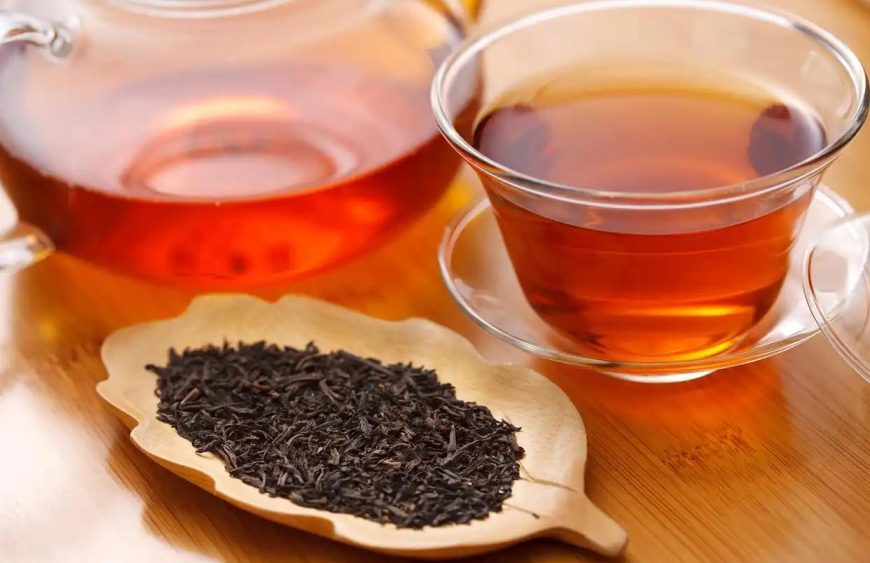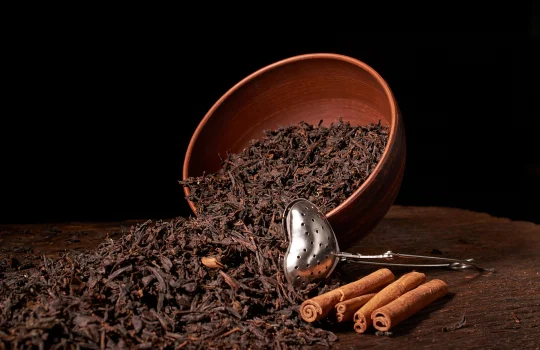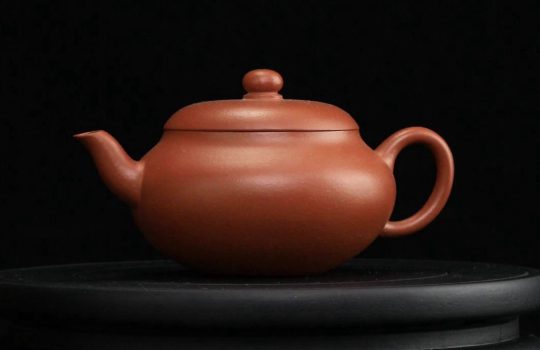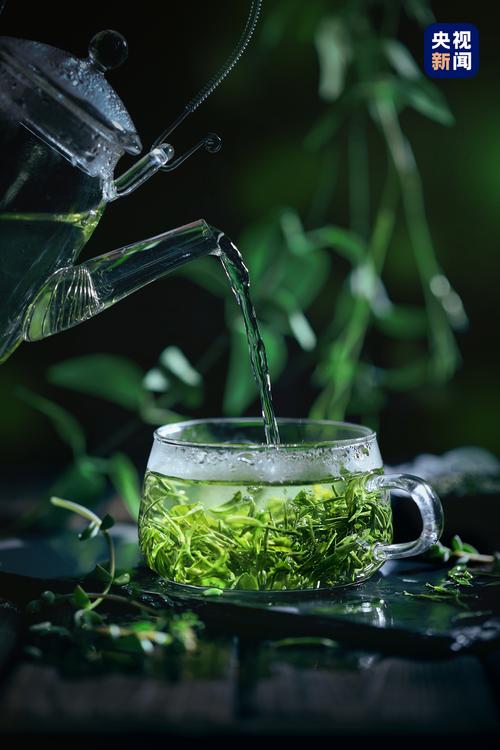Different types of tea have different storage methods, to understand how to store tea, first of all to understand the characteristics of tea. Only by understanding the characteristics of different teas can you choose different storage methods for different types of tea.
According to the different types of tea, it can be divided into three types of tea: fully fermented, semi-fermented and unfermented. The qualities of these three types of tea are slightly different, as follows.
1. Fully fermented
Fully fermented teas include black tea and black tea. This type of tea undergoes a complete fermentation process, and its flavour is not only the characteristic flavour after fermentation, but also the longer it lasts, the mellower it becomes, and the more valuable it is. As a result, this type of tea does not need to be protected from moisture and sunlight, nor does it need to be stored in a cold room or refrigerator, but only needs to be sealed up to avoid absorbing the surrounding odour and placed at room temperature.
Taking Pu’er tea as an example, it can be stored in this way:
If properly preserved, Pu’er tea will become more and more fragrant as it ages. At present, the widely adopted method is the ‘pottery jar pile aging method’. The method is as follows: take a wide-mouthed ceramic jar, mix the old tea with the new tea and put them into the jar, so as to facilitate the aging of the two. For the tea cake will be drinking, the whole piece can be split into loose tea, into a breathable clay pot, can be taken after half a month of static. The reason for doing so is that the general tea cakes tend to be loose and permeable at the periphery, with a strong central gas. After the above ‘Tea Gas Harmonisation Method’, you can let the inside and outside complement each other, and enjoy a higher quality of tea soup.
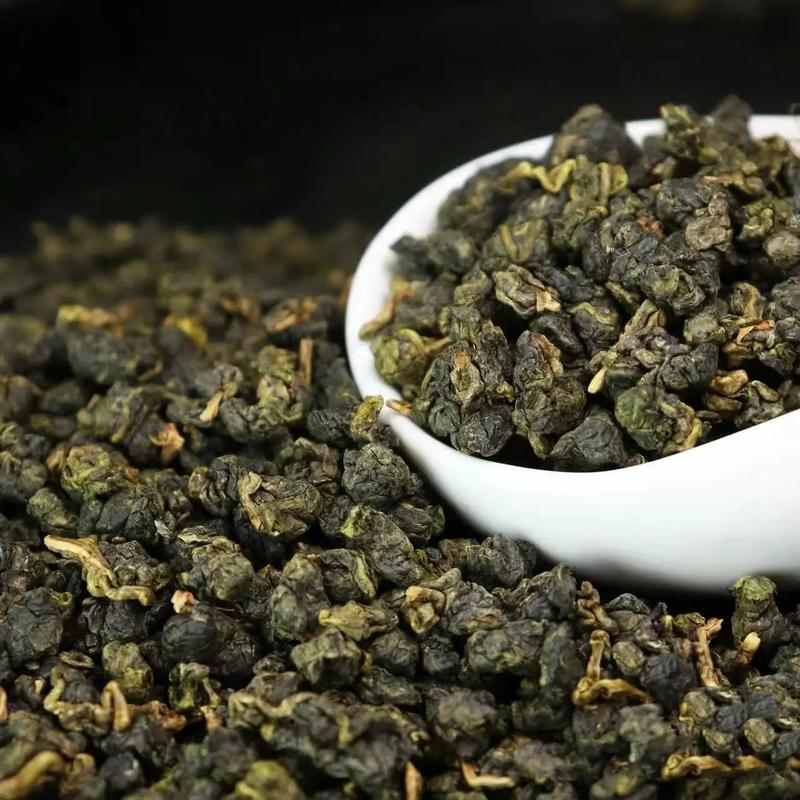
2. Semi-fermented Tea
Semi-fermented tea mainly refers to green tea, i.e. Oolong tea. It contains both the characteristics of fully fermented tea and unfermented tea. Therefore, the storage of this type of tea need to do: moisture, sunscreen, anti-odour. Because green tea is between the two types of tea, so in general, the storage time of green tea is a little more than the unfermented green tea. If not stored in a refrigerator, green tea can be kept for about one year, while green tea can be kept for about 2~3 years.
Green tea can be lightly roasted or heavily roasted, lightly fermented or heavily fermented. Generally speaking, the characteristics of lightly roasted and lightly fermented tea are more similar to green tea. If you want to collect them for a long time, you have to put them in a place with low temperature such as refrigerator. For example, high mountain oolong tea is lightly roasted and lightly fermented, and its characteristics are very similar to those of green tea, so the storage methods are also very similar.
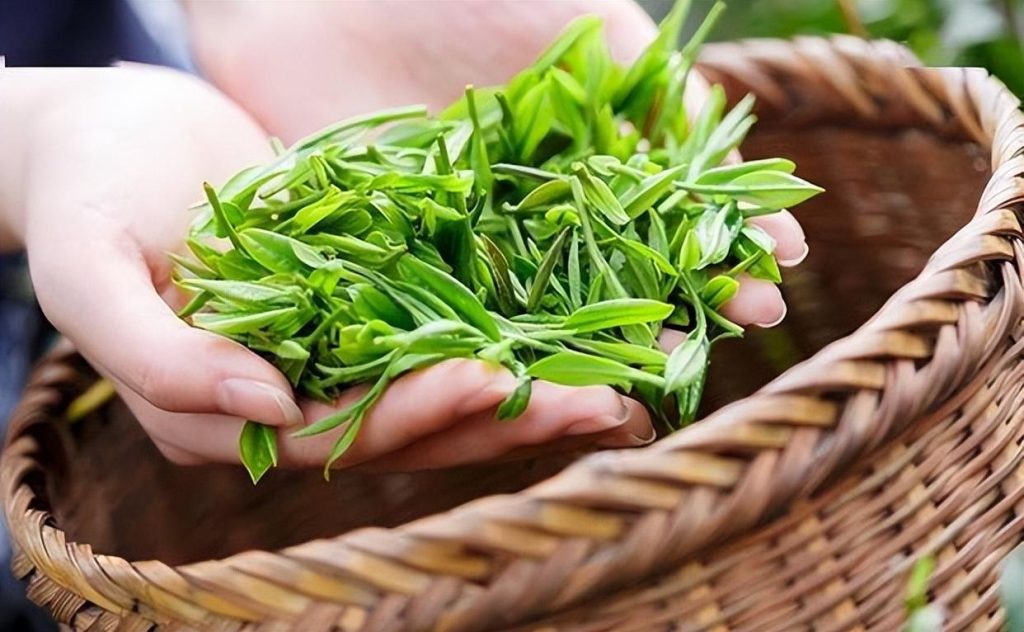
3. Unfermented
Unfermented teas include green tea, white tea and yellow tea. These teas contain more vitamins
and active nutrients, and are susceptible to light and sunlight, moisture and odour, and thus very easy to deteriorate, so compared to the other two types of tea, its storage requirements are particularly high.
Storage of this type of tea must be protected against sunlight, moisture and odour. Because the tea is extremely sensitive, and therefore can not be put at random. Otherwise, it will certainly accelerate its deterioration. Tea leaves will also absorb the surrounding odour, destroying its own taste.
If the quantity of tea is not large, it will be used up within a few months, and you only need to place it in a cool and ventilated place. Of course, the storage container must be airtight so that it is not contaminated by odours. The best storage container is a tin can to avoid exposure to the sun. The paper canisters and boxes that come with the premium teas sold in the market can also be used, but the tinfoil packets of the tea leaves in the canisters must be retained for the tea to stand up to the collection.
According to the above three types of tea, we can get different ways of storing them. This will effectively differentiate them, so that different teas are treated differently.

